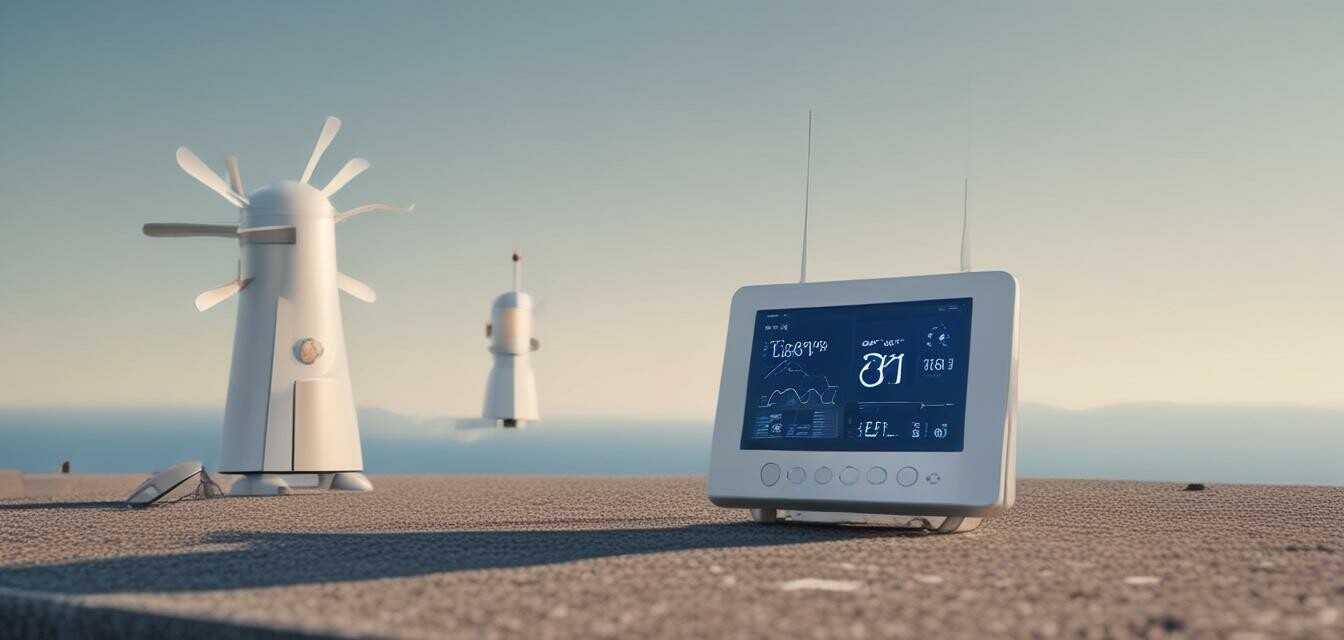
Top features to look for in WiFi weather stations
Key Takeaways
- WiFi connectivity allows for real-time data access and remote monitoring.
- Multiple sensor compatibility enhances weather tracking capabilities.
- Weather accuracy is crucial—look for stations with reliable sensors.
- User-friendly mobile apps will improve your overall experience.
- Price and brand reputation can affect quality and features.
When it comes to monitoring the weather accurately and conveniently, choosing the right WiFi weather station is essential. With myriad options available on the market, identifying the critical features will significantly enhance your weather monitoring experience. In this article, we’ll explore the must-have attributes to consider while selecting a WiFi weather station.
1. WiFi connectivity
The primary advantage of a WiFi weather station is its connectivity. A weather station that connects to your home WiFi network allows you to access current conditions and forecasts from anywhere.
2. Multiple sensor compatibility
Weather stations often come with various sensors. It’s essential to consider which sensors can be integrated with the device. Here are some common sensors:
| Sensor Type | Purpose |
|---|---|
| Temperature sensor | Measures the current air temperature. |
| Humidity sensor | Tracks the moisture level in the air. |
| Wind speed meter | Measures how fast the wind is blowing. |
| Rain gauge | Records the amount of rainfall. |
| Barometer | Analyzes changes in atmospheric pressure. |
Choose a setup that fits your monitoring needs and lifestyle.
3. Weather accuracy
A weather station’s performance depends heavily on its accuracy. Look for devices that have proven reliable sensors and check user reviews for real-world performance.
4. User-friendly mobile app
A good user interface makes a significant difference. A complimentary mobile app should be easy to navigate and provide intuitive access to data insights. Consider the following:
- Does the app include customizable dashboards?
- Can it send you alerts for severe weather conditions?
- Is it compatible with your smartphone's operating system?
5. Price and brand reputation
Pricing can vary greatly based on features and brand. It’s advisable to set a budget while also considering brand reputation. Established brands often provide better customer service and warranty options.
Pros
- Convenient access to real-time weather data
- Can improve agricultural decisions and outdoor planning
- Remote monitoring potential
Cons
- WiFi connectivity issues can disrupt data transfer
- Higher initial investment compared to non-WiFi models
- Dependence on regular maintenance and calibration
Conclusion
Finding the right WiFi weather station involves looking closely at its features. By focusing on aspects like WiFi connectivity, sensor compatibility, and usability, you can choose a weather station that enhances your monitoring capabilities. To delve deeper into specific types of weather monitoring tools, check out our detailed guides on barometers, digital anemometers, and rain gauges. Making an informed decision will ensure you enjoy an effective weather monitoring experience.
Further Reading
Continue your journey with more informative articles in our Buying Guides section to master the world of weather gadgets!